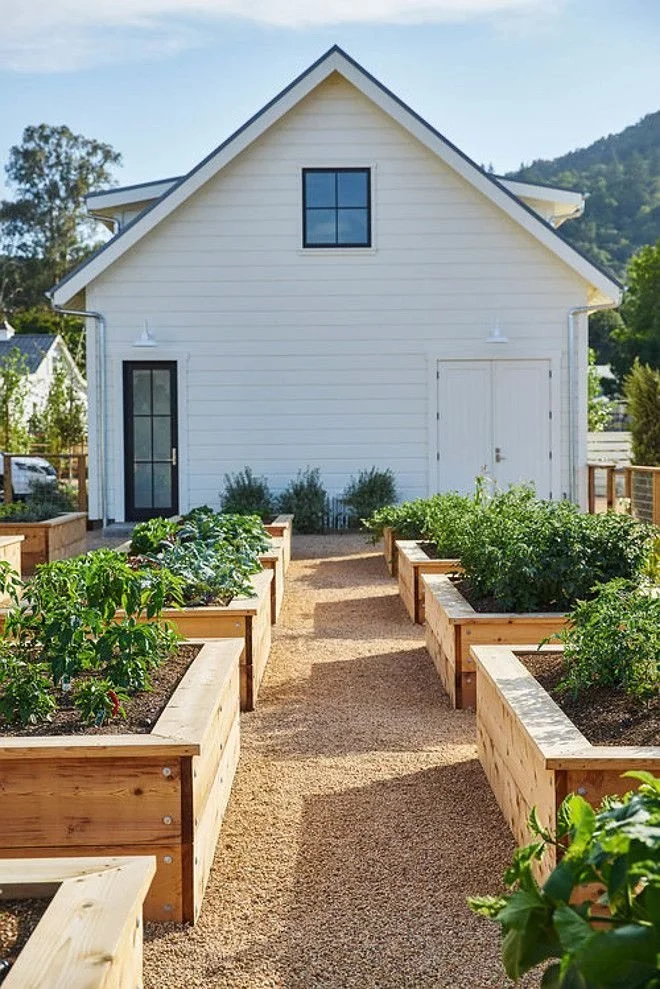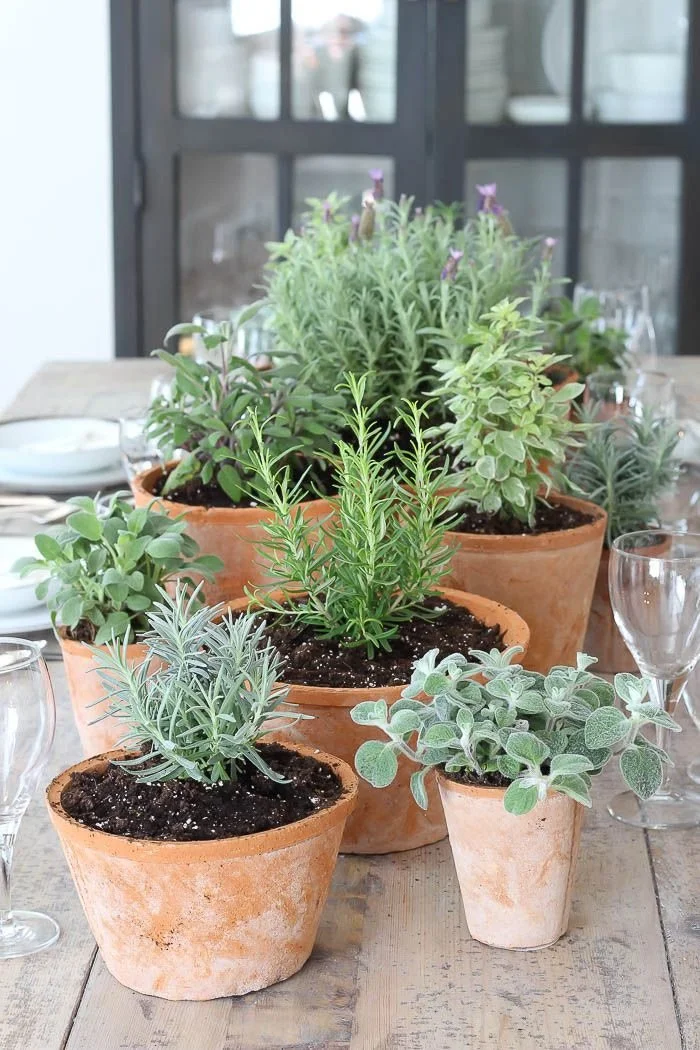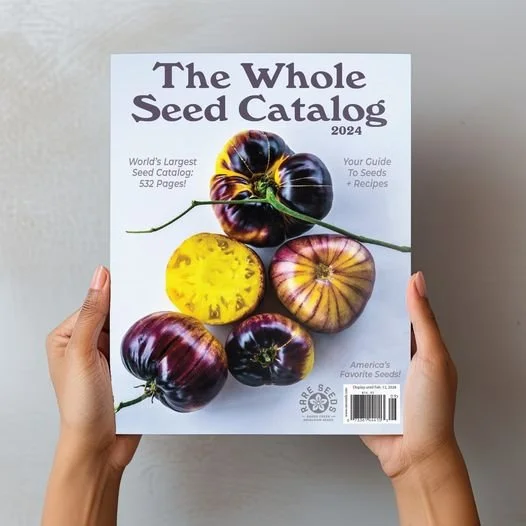Kitchen Gardens: Let’s Start at the Beginning
When I meet people and they say they need help with their vegetable garden I ask '“with what exactly?'‘ and they say “everything!” - side note, I work mainly with kitchen gardens- what’s a kitchen garden you ask? follow this link to my post about kitchen gardens to learn more. Or basically it’s a small vegetable garden you can harvest from easily for use in your kitchen- So let’s start at the beginning: where, how, why, what, when? These are the questions you’ll need to ask before you start.
This is the planning stage and can be pretty fun if you like that sort of thing. I have worked several places now where people are just jumping into things without planning and that causes huge issues down the road. It’s exhausting, expensive, and time consuming to go back and fix things. And sometimes those things are permanent and fixing them is not feasible. So to help you save some time, money, and sanity lets ask these important questions:
Where are you planting your kitchen garden?
The best place for your garden is going to be close to your home. Even better is close to a door you can go in and out of easily and in a place you can see easily from a window. Doing this makes it more convenient for you to go check on or harvest from your kitchen garden. Because “out of sight out of mind” and that equals dead or out of control garden.
Next you’ll want to check for sun exposure. For most vegetables you want full sun which is 5-6 hours of direct sun. You can check this by going out and observing the area you’d like to garden several times in a day- early morning, late morning, afternoon, and evening. You’ll also want to see how it changes in the different seasons as well because of the placement of the sun in the sky in each season. You could also use an app to figure that out a lot easier. Sun mapping apps: Sun Seeker (this is the one I use), Sun Tracker, Sun Surveyor, Lumos.
One thing I do to help figure out the layout that works and looks best for yards I’m helping with is to get on google earth take a screenshot and upload it to the freeform app or another drawing app where you can place items you want in your garden to get a sense of how it will look. I’ll also use a grid notebook to draw up my plans to help with scale and make sure it all fits. This way you can add and move elements easily before going out and putting anything in permanently.
How are you going to grow your garden?
You have several choices how you’re going to grow your garden: in-ground, grow boxes, or containers. I believe grow boxes are the best choice for kitchen gardens.* Grow boxes allow for better control of soil, water, fertilizing, and weed control.
In-ground can take years to get your soil to the best growing conditions and until you get those growing conditions watering and fertilizing has to be constantly monitored. Weeding can be a pain with in ground growing as well, a lot more bending over or gardening on your hands and knees.
Containers, or pots, can be difficult because of their size. You are able to get the soil right but it takes a lot more monitoring of your moisture levels. Containers can be great for things like herbs and strawberries or anything that doesn’t mind getting a tad dried out or anything that can become invasive, like mint. They are also great for small spaces and no-yard living.
I have experience growing in all three. I have a small backyard (think postage stamp lol) so to keep things organized and looking nice I have two 5’ x 3’ boxes along with 7-8 pots. I have grown tomatoes in my containers because I love tomatoes and I want to grow a million different varieties. It was a pain to keep watered but it was also a labor of love so it was worth it for me. If I ever did it again I would add them to my drip system.
*And to add another point of view my friend who runs the learning garden at Ashton Gardens has told me she doesn't like gardening in the grow boxes because she says she can’t get the moisture levels correct. If you find yourself with the same issue I would suggest adding more compost to the grow boxes. Everything she grows though turns out so beautiful.
Why are you going to grow?
This may seem like a silly question but once you decide the why of your garden the what will be easier. Are you growing your kitchen garden for adding to your meals? Are you growing to help your kids eat healthier? Are you wanting to grow more herbs for medicinal use? Are you growing to try out as many different cool new vegetables you can? Are you growing to feed your pet show rabbits the best produce you can? Or maybe you’re obsessed with one type of vegetable and you want to grow all the different tomatoes - or maybe that’s just me.
Whatever the reason, make that your goal. During your planning stage keep that goal in mind and it will help you stay on track. And the great thing about gardening is, if you change your mind you only have to wait a few months.
What are you going to grow?
Now that you know why you are growing you can decide what you are going to grow. You’ll want to make a list of everything you want to grow. I would then suggest to request several seed catalogues or go on to the seed companies websites it’s the easiest way of deciding what varieties will be best for what you are looking for and right for your growing zone.
There are many things you need to look at to decide what would be best to grow- growing zone, days to maturity, whether it’s a cool or warm season crop, disease resistance, or if it’s organic or not. By making this list and narrowing it down it will make buying seeds or seedlings, when the time comes, easier and help keep you from over buying -although it hasn’t stopped me from doing that yet, if you figure out how let me know.
Some of my favorite companies and catalogues are: Baker Creek Heirlooms (they have the best catalogue by far, you’ll have to spring for their Whole Seed Catalogue the photos and articles are worth it), Seed Savers Exchange, and Highmowing Organic. Runners up: Select Seeds, Renee’s Garden, Botanical Interests, MIgardener, and Territorial Seeds, Floret Flowers some of these do not offer physical catalogues.
When are you going to start your garden?
Plan your garden now, no matter the time of year. But when you plant it depends on what you are growing. In Utah zones 4-7 we have three specific growing seasons; Spring, Summer, then Fall, and since we are just starting out I’ll wait to overwhelm you with winter growing later. In spring and fall you’ll be growing cool season crops: lettuces, peas, brassicas, carrots, radishes and more. Summer of course is for your warm season crops: peppers, tomatoes, squash, cucumbers, beans, corn, and more. As you are making your list separate them into three columns and make sure to take note of the days to maturity so you know when to start the seeds if you are going that route. Cool season crops can be planted in the early spring and again in August through September. For our zones you normally wait to plant warm season crops until after the last frost date which is the end of May.
As I type this the high today is 43 and first winter has begun. This time of year is great to get your garden put to bed. Clean things up and get everything organized and ready for the spring rush. It’s also a great time to get your catalogues ordered so on those cold winter nights you can cozy up with your catalogues and plan away!
“The best time to start was yesterday. The next best time is now.”





